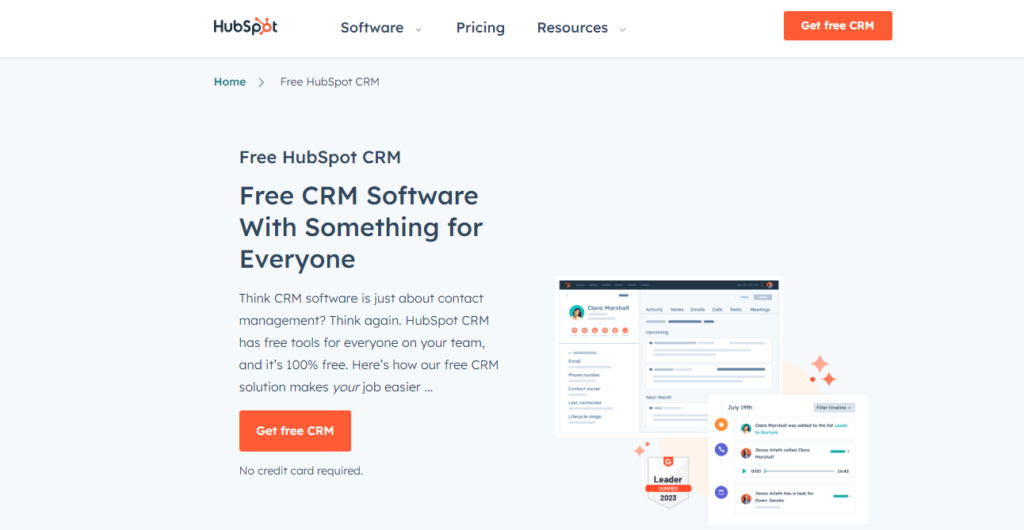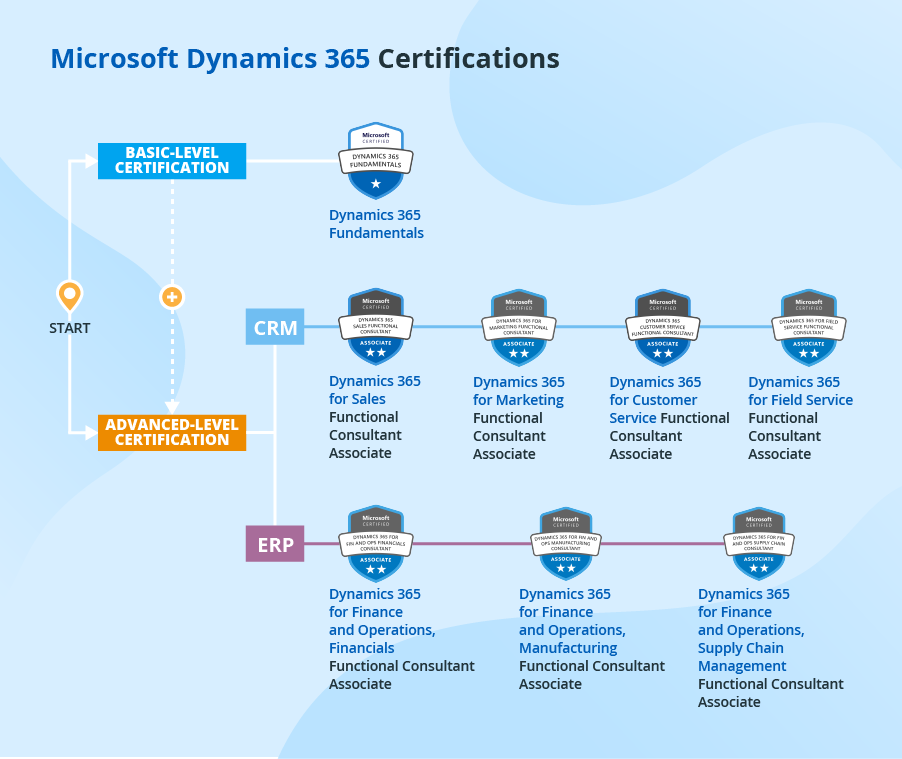Hey there, friend. I’m Amaury Muñoz, a digital creator who’s spent the last five years building online communities, launching products, and yes, wrangling teams through the wild world of customer relationship management. Picture this: It’s 2022, and my small marketing squad is drowning in spreadsheets. Leads slipping through cracks, follow-ups forgotten like that one sock in the dryer. Sound familiar? I felt that gut punch of frustration too—the kind that makes you question if all this tech is worth the headache. But here’s the good news: When you train your team right on CRM tools, it’s like giving them a superpower. Suddenly, sales pipelines flow smoother, customer interactions feel personal again, and your business hums with real momentum.
If you’re staring at a shiny new CRM dashboard feeling overwhelmed, take a deep breath. You’re not alone, and you’ve got this. In this guide, I’ll walk you through a no-BS approach to CRM training for teams—drawing from my own stumbles and wins. We’ll cover everything from picking the right software to fostering that «aha!» moment for your crew. Let’s turn those scattered notes into a thriving lead management system, one empathetic step at a time.
Why Bother Training Your Team on CRM? It’s More Than Just Software
You might think, «CRM is just a database, right? They’ll figure it out.» Oh, how I wish it were that simple. Back when I rolled out HubSpot to my team, we hit a wall fast. Emails went unanswered, custom fields sat empty, and morale tanked. The truth? Without solid CRM adoption training, even the best customer relationship management system collects dust.
Think about it: Your team handles the heartbeat of your business—nurturing leads, closing deals, delighting customers. A well-trained crew using CRM effectively means personalized outreach that builds trust, automated workflows that save hours, and data insights that spot trends before they bite you. It’s not about forcing tech; it’s about empowering people to connect better.
And here’s my honest take: I’ve seen teams transform from «CRM skeptics» to evangelists. One sales rep on my old team went from missing quotas to smashing them after we dialed in her training. That emotional high? Priceless. So, if you’re feeling the weight of inconsistent processes, lean in—this is your path to smoother operations and happier humans.
Step-by-Step Guide: Building a CRM Training Program That Sticks
Training isn’t a one-and-done webinar; it’s a journey. I’ll break it down into bite-sized steps, laced with practical tips from my playbook. Remember, keep it light—your team isn’t robots; they’re folks juggling life just like you.
Step 1: Assess Where Your Team Stands (And Meet Them There)
Before diving into tutorials, get real with your crew’s CRM knowledge gaps. I learned this the hard way—assuming everyone was on the same page led to eye-rolls and zero buy-in.
- Run a quick audit: Send a casual survey: «On a scale of 1-10, how comfy are you with our current lead tracking?» Or, shadow a few sessions to spot pain points, like confusion over contact segmentation.
- Map skill levels: Group your team—beginners need basics (what’s a sales funnel?), while pros crave advanced automation hacks.
- Empathize early: Share a story, like mine: «I once fat-fingered a mass email and spammed our VIP list. We’ve all been there—let’s laugh and learn together.»
This step builds trust. You’re not judging; you’re partnering. Pro tip: Use free tools like Google Forms for that survey—it takes 10 minutes and uncovers gems.
Step 2: Pick CRM Software That Fits Like a Glove
Not all CRMs are created equal, and forcing a mismatch is a recipe for resentment. As someone who’s tested everything from Salesforce to Pipedrive, I swear by starting with your team’s workflow.
- Consider your needs: Small team? Go lightweight like Zoho CRM for easy contact management. Scaling up? Invest in something robust like Salesforce for deep analytics.
- Factor in usability: Look for intuitive interfaces—drag-and-drop deal stages, mobile apps for on-the-go updates. Remember, the goal is seamless integration with tools like email or calendars.
- Test-drive together: Involve your team in demos. I did this once, and their feedback nixed a clunky option, saving us months of headaches.
Honest insight: Budget matters, but don’t skimp on support. My first CRM flop? No hand-holding from the vendor. Now, I always prioritize ones with solid onboarding resources. You’re investing in harmony, not just pixels.
Step 3: Craft a Tailored CRM Training Plan (Keep It Bite-Sized and Fun)
A generic course? Snooze-fest. Make your plan feel custom—like a roadmap drawn just for your squad’s quirks.
- Break it into modules: Week 1: CRM basics (entering leads, basic searches). Week 2: Pipeline mastery (moving deals, setting reminders).
- Mix formats: Blend videos, live sessions, and self-paced quizzes. I love Loom for quick screen shares—it’s like chatting over coffee.
- Incorporate real scenarios: Use your actual customer data (anonymized, of course) for role-playing. «How would you tag this lead from our last webinar?»
Encouragement time: If someone’s dragging, pull them aside with kindness. «Hey, I know this feels overwhelming—want to pair up?» That vulnerability? It sparked loyalty in my team. Aim for 4-6 weeks total; short bursts prevent burnout.
Step 4: Roll Out Hands-On Workshops and Real-World Practice
Theory’s cute, but nothing beats doing. My breakthrough moment? A «CRM Jam Session» where we simulated a full sales cycle—chaos turned to cheers.
- Host interactive sessions: 1-hour workshops with group activities. Pair newbies with veterans for peer teaching—it’s magic for team bonding.
- Assign micro-tasks: Post-training, challenge them: «Log three interactions this week and share one win.» Reward with shoutouts or coffee runs.
- Gamify it: Leaderboards for most updated records? Silly, but it worked wonders for engagement in my crew.
Feel that doubt creeping in? Push through—you’re building muscle memory here. One tip from the trenches: Start small. Overloading leads to overwhelm; steady wins the race.
Step 5: Provide Ongoing Support and Feedback Loops
Training doesn’t end at «certified.» Life happens—updates roll out, habits slip. I check in monthly now, and it’s kept our CRM humming.
- Set up office hours: Weekly drop-ins for Q&A. Make it casual: Snacks optional, judgment zero.
- Gather feedback: Anonymous polls after each module. «What sucked? What sparked joy?» Adjust on the fly.
- Celebrate milestones: Hit 80% adoption? Team lunch! Positive reinforcement turns «have to» into «want to.»
Personal nudge: I once ignored feedback and lost a key player to frustration. Lesson learned—listen like your business depends on it (because it does). This step turns one-off training into a culture of continuous improvement.
Dodging Common CRM Training Traps: Lessons from My Bumps in the Road
We’ve all tripped here. Spot these pitfalls early, and you’ll save tears (and time).
- Overloading with features: Don’t unleash the full manual day one. Focus on 80/20 rule—what delivers 80% value with 20% effort?
- Ignoring resistance: That one holdout? Approach with curiosity, not confrontation. «What’s making this tricky for you?» opened doors for me.
- Neglecting mobile access: If your team’s remote, ensure CRM shines on phones. Nothing kills momentum like desktop-only vibes.
You’re human—mistakes happen. The win? Learning from them. Pat yourself on the back for even trying; that’s leadership.
Tracking Wins: How to Measure Your CRM Training ROI
Success isn’t fluffy feelings (though those rock). Quantify it to stay motivated.
| Metric | Why It Matters | How to Track |
|---|---|---|
| Adoption Rate | Shows who’s on board | Dashboard logins per user/week |
| Data Accuracy | Clean data = smart decisions | Audit % of complete contact records |
| Pipeline Velocity | Faster deals, happier wallet | Average time from lead to close |
| Team Feedback | Keeps the human element alive | Net Promoter Score from surveys |
In my world, we saw a 30% uptick in closed deals post-training. Yours might vary, but celebrate the small stuff. Tools like CRM analytics make this effortless—set alerts for trends.
Wrapping It Up: You’ve Got the Tools—Now Go Build Connections
Whew, friend—we covered a lot, from gut-check assessments to high-fives over metrics. Training your team on CRM isn’t about perfection; it’s about progress, empathy, and those lightbulb moments that make work feel meaningful. I promise, the payoff—a unified team turning data into genuine relationships—is worth every awkward workshop.
If you’re nodding along, feeling a spark of hope, that’s the magic. Take one step today: Chat with your team about their CRM wins and woes. What’s one tip you’ll try first?
I’d love to hear your story—drop a comment below or hit me up on Twitter (@AmauryMunoz). For more behind-the-scenes on digital team vibes, snag my free guide to streamlined workflows at amaurycreates.com/newsletter. You’ve got this—let’s make your customer journeys unforgettable. 🚀

